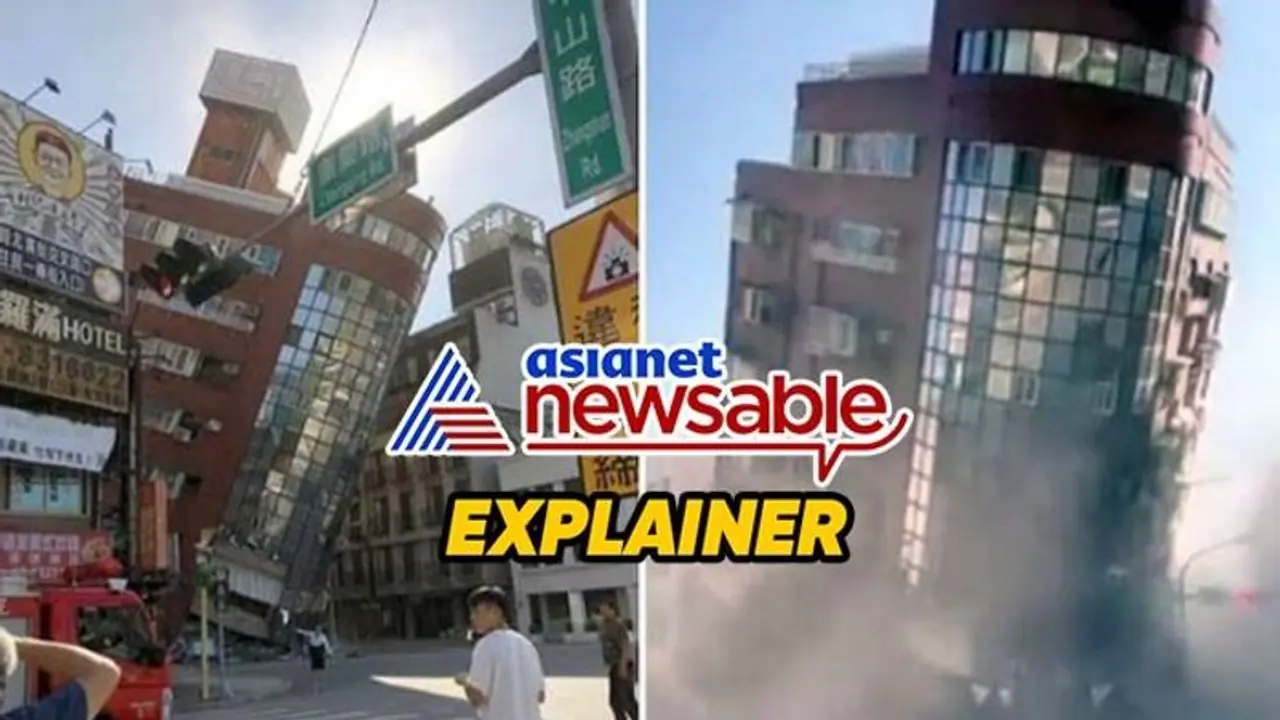The earthquake's impact underscores Taiwan's vulnerability as part of the Pacific "Ring of Fire," a region prone to seismic and volcanic activity.
Taiwan was rattled by its most powerful earthquake in 25 years during the Wednesday morning rush hour, resulting in significant damage to buildings and infrastructure and claiming the lives of four individuals. The quake, which measured a magnitude of 6.6, caused widespread panic and disruption across the island.

In the city of Hualien, a five-story building sustained severe damage, with its first floor collapsing and the remaining structure tilting at a precarious 45-degree angle. Similar scenes unfolded in Taipei, where older buildings shed tiles and newer office complexes experienced debris falling from their exteriors. Schools swiftly evacuated students to open spaces, providing them with safety helmets and makeshift shields made from textbooks to protect against potential falling objects amidst ongoing aftershocks.
The earthquake wreaked havoc on transportation networks along Taiwan's east coast, bringing traffic to a standstill as landslides and debris obstructed tunnels and highways in the mountainous terrain. While damage to vehicles was reported, it remained unclear if any injuries resulted from these incidents.
Despite the initial alarm caused by the earthquake, residents of Taiwan, accustomed to seismic activity in the region, quickly regained composure. The island nation, situated within the Pacific "Ring of Fire," regularly experiences tremors and has implemented preparedness measures, including drills in schools and dissemination of safety information via public media channels and mobile alerts.
What is the Pacific Ring of Fire?
The Pacific Ring of Fire is a vast geological region encompassing the basin of the Pacific Ocean, characterized by intense seismic and volcanic activity. Stretching from New Zealand to Chile, this horseshoe-shaped zone is associated with a network of oceanic trenches, volcanic arcs, and plate movements, making it prone to earthquakes and volcanic eruptions.
The "Ring of Fire" spans a vast 25,000-mile arc, originating from the edge of the Pacific Plate and extending to adjacent smaller plates like the Philippine Sea plate, as well as the Cocos and Nazca Plates bordering the Pacific Ocean.
Countries and regions situated along the Ring of Fire include Chile, Japan, the West Coast of the United States, and various island nations such as the Solomon Islands, stretching from the western shores of North and South America.
How Does The Ring of Fire Impact Taiwan?
For Taiwan, situated along the western edge of the Ring of Fire, the implications are profound. The island experiences frequent seismic events due to the complex interactions between the Eurasian Plate and the Philippine Sea Plate. This geological phenomenon, a hallmark of the Ring of Fire, underscores Taiwan's vulnerability to earthquakes.
Although Taiwan is not known for active volcanism, the influence of the Ring of Fire is evident in its geological composition and landscape. Hot springs and volcanic formations, such as the Tatun Volcano Group near Taipei, serve as reminders of the region's geothermal activity and its connection to the broader Pacific Ring of Fire.
